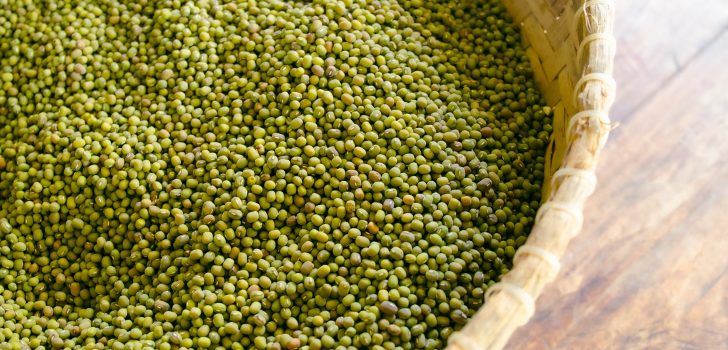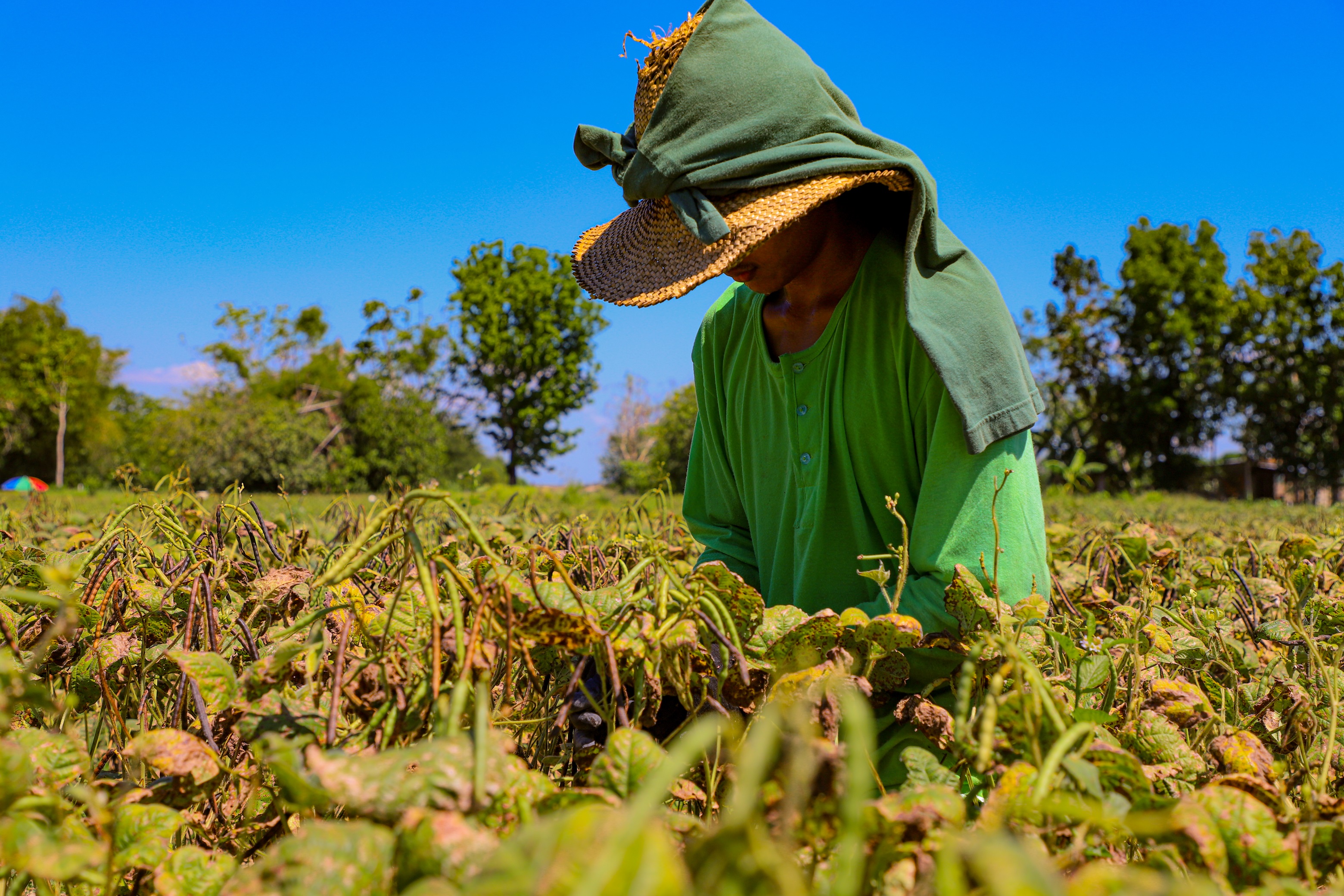
There is a growing demand for Juan Tamad’s crop
If Juan Tamad was a farmer, guess what he planted?
Mung bean.
Mung bean or locally known as ‘munggo’ in Filipino and ‘balatong’ in Ilokano is described by Eduardo Balanag, San Fermin ARB MPC manager from Caba, La Union, as the crop of a lazy person. “You just sow the seeds after rice planting and it grows on its own. You will meet again once it’s harvest time,” he said.

This hard, dark green to yellow green colored legume makes up the typical Filipino diet specially during the rainy season. In Ilocos Region, it is usually boiled until soft then sauteed in onion, garlic, tomato, and pork slices then topped with bagnet and malunggay leaves. The variety ‘labo’ or ‘kusapo’ is preferred for this recipe. It is considered Class A and is usually exported. The other variety is ‘kintab,’ which is Class B and powdered as an ingredient to bread and noodles.
According to Eduardo, mung bean is a cheaper source of high-quality protein, folate, iron, and other nutrients. It is also ideal as a crop in rotation with rice or corn as it increases yield by fixing the atmospheric nitrogen to the soil.

Nitrogen is a macronutrient essential for plant growth and development.
In 2017, the San Fermin ARB MPC received a mung bean enterprise subproject from the Philippine Rural Development Project amounting to more than Php3.3M. Six years forward, the cooperative established markets in La Union, Baguio City, Urdaneta City, Vigan City, and to as far as Tanza, Cavite.
Over the years, the demand for mung bean has increased as shared by Eduardo. “There is income and demand for the crop,” he said. To date, their cooperative is still looking for other farmers who can help them meet the required supply at the local and international market.
The cooperative strives hard to cope with the required production by visiting other mung bean farmers like those in San Fabian, Pangasinan to buy their produce. Asked what other solutions he could think of to solve the production gap, Eduardo mentioned the need for better storage facilities and influencing farmers to plant the crop.

“Even though farmers see the benefit of planting mung bean, it is still difficult to influence them. We created a program to strengthen the camaraderie of farmers planting mung bean as there is really an increasing market however, the production is still not enough even if production areas were expanded. The mindset of people is different. They prefer other crops,” he shared.
“With vegetables for example, you can already harvest after a month, but for mung bean, it takes at least two to three months.” he further explained. As to how he can persuade them,
“I need to talk to them personally,” he added.
The cooperative’s top buyer is the ISEED Marketing Cooperative in Vigan City. Eduardo said that their deliveries to this cooperative is exported to Denmark.
“Most of what was exported to Denmark is consumed by Filipinos residing there,” he shared.
Recently, Eduardo and the members of their cooperative were asked to comply 1,125 kilograms to ISEED however, they were not able to complete the required volume. “We only transported 800 kilograms,” he uttered.
Although Ilocos Region is the top producer of mung bean in the country with 33.5% contribution to the national production, much from the efforts of farmers is still essential.
To date, Eduardo continues to look for more farmers with whom they may collaborate to fulfill the expected volume. “We encourage other farmers to sell their mung bean to us as long as they follow the required quality and for sure, we will give them a good price,” he warmly said.

Interested buyers of mung bean could also reach out to Eduardo at a price of Php 25.00 per 250 grams and Php2,125 per 25kgs via their Facebook Page (San Fermin Arbmpc) and contact number at 09922037342. ### (Joan Dapidap, Writer RPCO1-InfoACE)
